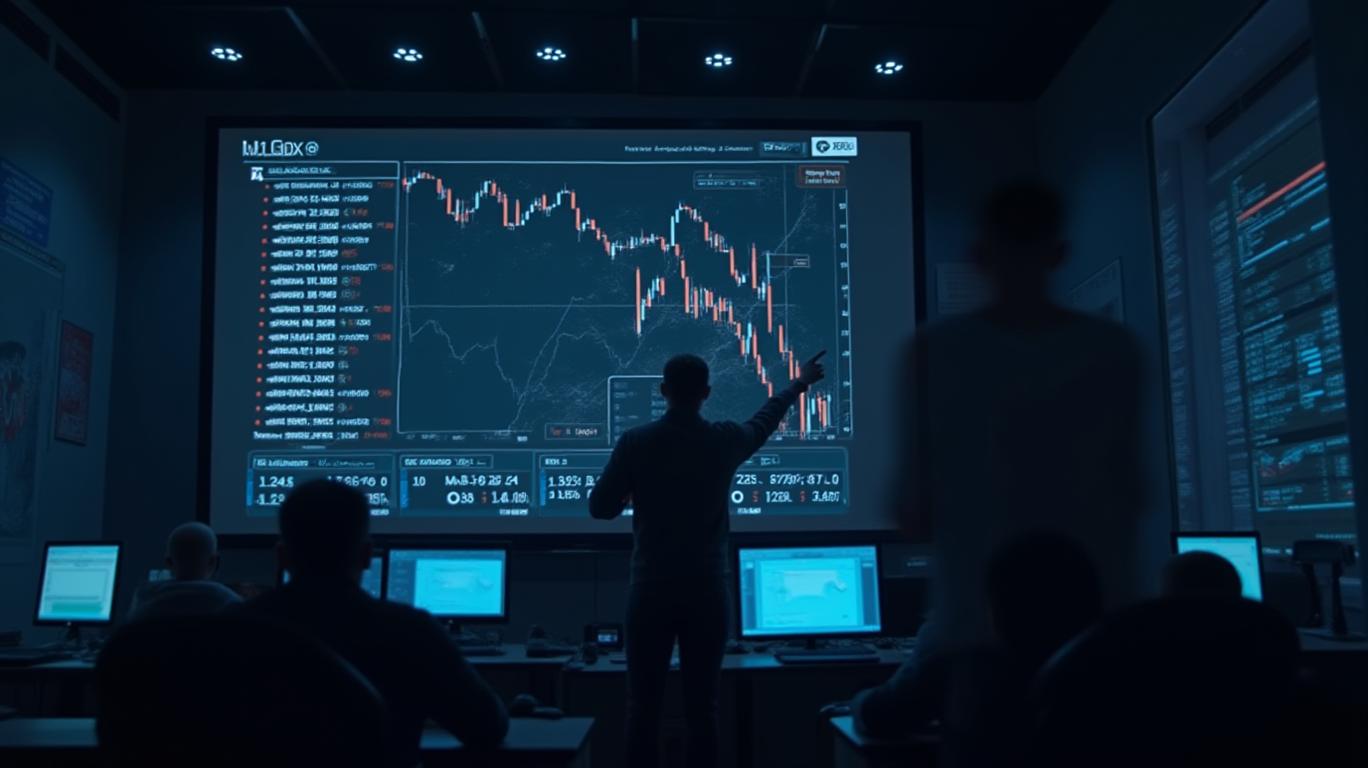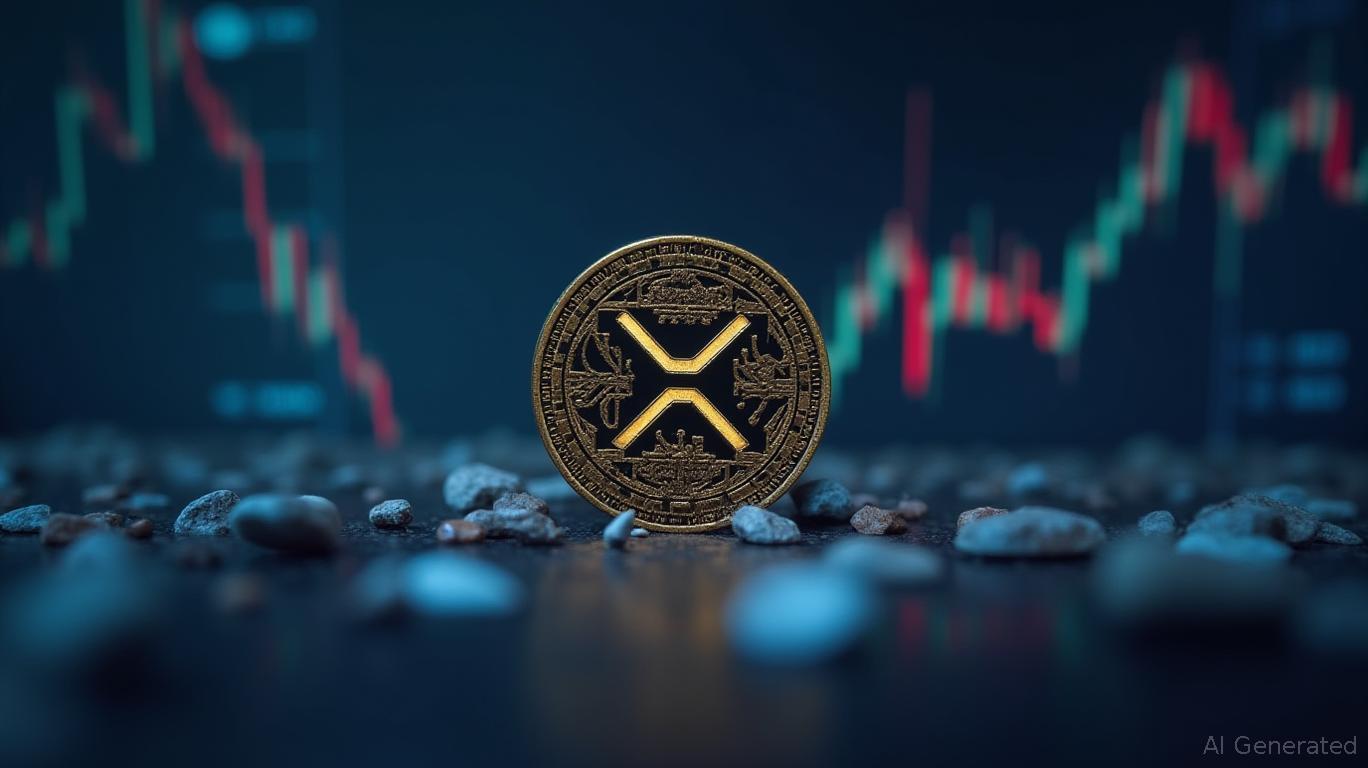XRP news today: XRP Analyst Warns Holders To Move Assets Amid Market Concerns
Crypto analyst Edo Farina has issued a warning to XRP holders, advising them to withdraw their holdings to cold storage in anticipation of potential market disruptions. Farina's comments have sparked widespread discussion within the XRP community, particularly due to his claim that banks and governments have already secured their XRP through escrow mechanisms.
Farina's message underscores the growing concern over the reliability of centralized exchanges in the face of systemic risk events, such as the potential collapse of Tether (USDT). Such an event could lead to a liquidity crisis, forcing exchanges to freeze withdrawals. Farina's advice is to retain custody of XRP before external factors take that choice away, echoing sentiments from previous crises like the FTX collapse, where user funds became inaccessible.
A key aspect of Farina’s statement is the claim that governments and financial institutions have already locked up large quantities of XRP in escrow. Ripple Labs, the company behind the XRP Ledger, routinely releases XRP from its programmatic escrow system to maintain market stability and transparency. A significant portion of these escrowed holdings has reportedly been earmarked for partnerships with banks, remittance services, and central banks exploring cross-border solutions.
While exact details on institutional XRP escrow agreements are closely guarded, Ripple’s long-standing alliances with financial giants have led many to speculate that a quiet accumulation has been underway for years. If true, this underscores the importance of XRP as a strategic asset for governments and financial entities preparing for a digitally connected, tokenized financial infrastructure.
Tether (USDT), the dominant stablecoin in the crypto market, plays a crucial role in facilitating liquidity and price stability. A collapse in its value or trust could send shockwaves across every trading pair, especially on centralized exchanges that rely on Tether for settlement. In this type of contagion event, exchanges would likely implement emergency measures, such as halting redemptions and freezing asset withdrawals, leaving users without access to their funds.
Farina’s call to move XRP to cold wallets—secure, offline storage solutions—stems from this fear. Cold wallets are immune to exchange lockouts, custodial failures, or internet outages, making them a preferred option for long-term holders seeking to preserve control over their assets regardless of market turbulence.
The idea that banks and governments are already locking in XRP suggests more than just investment hedging. It implies a strategic positioning for the next evolution in global finance, where XRP could serve as a bridge currency in an interconnected system of CBDCs (Central Bank Digital Currencies), tokenized real-world assets, and liquidity hubs.
With Ripple already selected by several governments as a platform for CBDC pilot programs, and with more institutions exploring blockchain for cross-border settlements, XRP appears to be gaining traction as the infrastructure backbone for the coming financial paradigm. If this transformation accelerates, retail holders of XRP may find themselves holding an increasingly rare asset—assuming they’ve taken steps to secure it.
Edo Farina’s warning is not an isolated cry of alarm, but rather a timely reminder of the importance of self-custody and strategic foresight in an unpredictable industry. As the regulatory climate tightens and financial institutions quietly deepen their blockchain integration, XRP holders are advised to think beyond short-term market moves and consider the long game. The question isn’t just whether XRP will survive market shocks. It’s whether everyday holders will still have access to it when the dust settles.











